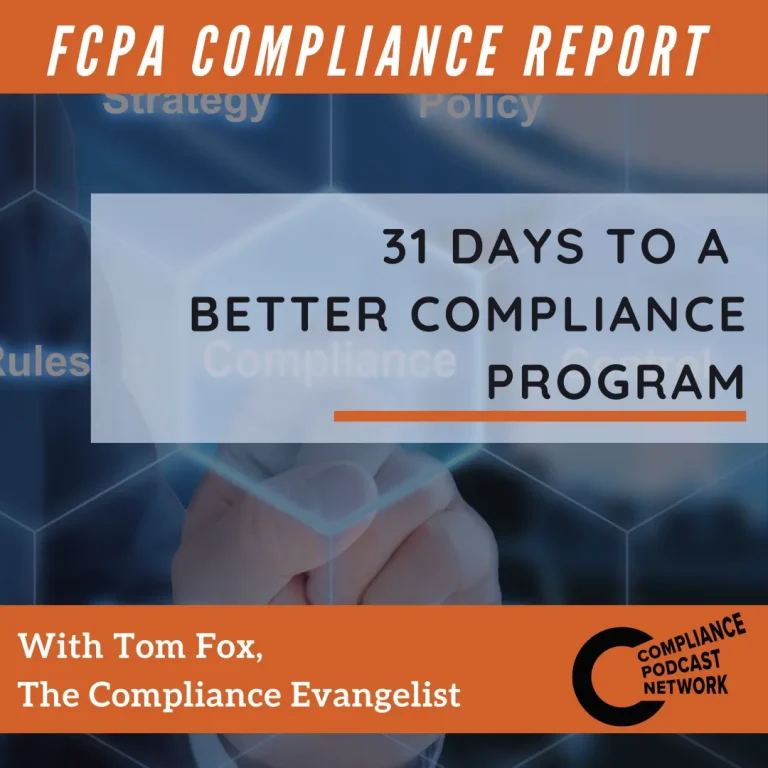How can a Board work incorporate the compliance function into a long-term business strategy of the organization?
The starting point for a Board of Directors is to develop a framework for incorporating compliance into your long-term strategy. To set up the framework for evaluating compliance into your Board’s long-term strategy is a three-step process, which you can use to determine how comprehensive the Board’s role in your compliance program is as a starting point.
1. Has the company identified the compliance issues relevant to the Board?
2. Has the company assessed and incorporated those compliance issues into its long-term strategy?
3. Has the company communicated its approach to compliance and the influence of those factors on its overall strategy?
From this initial inquiry, you can move into some specific questions that the Board can use to determine the overall state of your company’s compliance program. First, a Board can work to identify compliance issues material to your organization. This can be accomplished with compliance-related KPIs, which a Board should prioritize to elevate their impact on compliance. A Board should consider these through the life cycle of a business line or geographic sales area. Next, the Board should work to move compliance into the company’s long-term strategy and have the CCO detail the long-term strategy for the compliance function.
The Board should oversee incorporating KPIs into senior management performance evaluations and compensation. Once again building upon the 2020 Update, which asks how the company monitors its senior leadership’s behavior and how senior leadership models proper behavior to subordinates, the Board should make certain systems are in place to quantify or measure performance related to compliance issues, should establish performance goals against which they measure compliance achievement and disclose to shareholders the material compliance issues that drive compensation, the specific goals or performance targets that management must achieve and report on the actual performance against established goals to justify compensation payouts.
Finally, the Board should work to communicate the influence of compliance factors on overall corporate strategy by demonstrating how compliance was integrated into the business. Not only is this good from a business perspective and shareholder expectation, but it is also, as the 2020 Update makes clear, what the government expects is the operationalization of compliance going forward.
1. Having a long-term strategy is critical.
2. What is the Board’s framework for assessing compliance?
3. Create KPIs to measure senior management’s actions around compliance.






